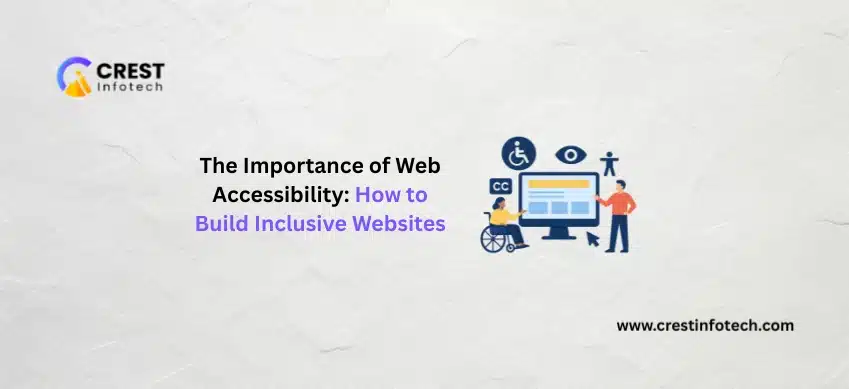What is User-Centered Design?
User-Centered Design is an iterative design process that focuses on the users and their needs in each phase of the design process. UCD involves users from the early stages of product development and continuously gathers feedback to refine the product. This approach ensures that the app not only meets the functional requirements but also provides a positive and engaging user experience.
Key Principles of User-Centered Design
1. Understand the Users
The foundation of UCD is a thorough understanding of the target users. This includes their goals, motivations, behaviors, and pain points. Techniques such as user interviews, surveys, and observational studies help gather this information.
2. Involve Users Early and Often
Involving users at different stages of the design and development process ensures that the app aligns with their needs and expectations. Regular feedback sessions, usability testing, and beta testing are critical components of this principle.
3. Iterative Design
UCD is an iterative process where the app is continuously tested and refined based on user feedback. This approach helps identify and fix issues early, improving the overall user experience.
4. Design for the Whole Experience
Consider the entire user journey, from the first interaction to the last. This includes the onboarding process, daily usage, and support. A holistic approach ensures a seamless and enjoyable user experience.
5. Accessibility and Inclusivity
Designing for accessibility ensures that the app is usable by as many people as possible, including those with disabilities. Inclusive design practices make the app more user-friendly for a diverse audience.
The User-Centered Design Process
1. Research and Empathy
Begin with user research to understand the context of use. Create user personas and empathy maps to represent different user types and their needs. This stage sets the foundation for a user-centered approach.
2. Define and Ideate
Based on the research insights, define clear user needs and design goals. Brainstorm and ideate potential solutions, keeping the users’ needs at the forefront. Techniques like storyboarding and sketching can help visualize ideas.
3. Prototyping
Create low-fidelity prototypes to quickly test and validate ideas. Prototypes can be simple sketches or wireframes that focus on layout and flow rather than detailed design. Tools like Sketch, Figma, and Adobe XD are popular for creating interactive prototypes.
4. Usability Testing
Conduct usability testing with real users to identify usability issues and gather feedback. Observe how users interact with the prototype, noting any difficulties or confusion. Use this feedback to make informed design decisions.
5. Implementation
Translate the refined prototype into a fully functional app. Throughout development, continue to test the app with users to ensure it meets their needs and expectations. Collaboration between designers and developers is crucial during this stage.
6. Launch and Monitor
After launching the app, continue to monitor user feedback and behavior. Use analytics tools to track user engagement and identify areas for improvement. Regular updates based on user feedback help maintain a positive user experience.
Benefits of User-Centered Design
1. Improved User Satisfaction
By focusing on users’ needs and preferences, UCD creates apps that users find intuitive and enjoyable. Satisfied users are more likely to engage with the app and recommend it to others.
2. Increased Usability
UCD identifies and addresses usability issues early, resulting in a more user-friendly app. This reduces frustration and enhances the overall user experience.
3. Higher Retention Rates
An app that meets users’ needs and provides a positive experience is more likely to retain users. Higher retention rates lead to increased user loyalty and long-term success.
4. Reduced Development Costs
Iterative testing and feedback help identify and fix issues early in the development process, reducing the cost of later-stage revisions. This approach also ensures that resources are focused on features that users truly value.
5. Competitive Advantage
Apps that provide a superior user experience stand out in a crowded market. UCD can be a key differentiator, helping your app gain a competitive edge.
Conclusion
User-Centered Design is essential for creating apps that people love to use. By prioritizing users throughout the design and development process, you can ensure that your app meets their needs, provides a positive experience, and stands out in a competitive market. Embracing UCD not only leads to higher user satisfaction and retention but also drives the overall success of your app. Whether you’re developing a new app or refining an existing one, a user-centered approach is crucial for delivering an exceptional user experience.



